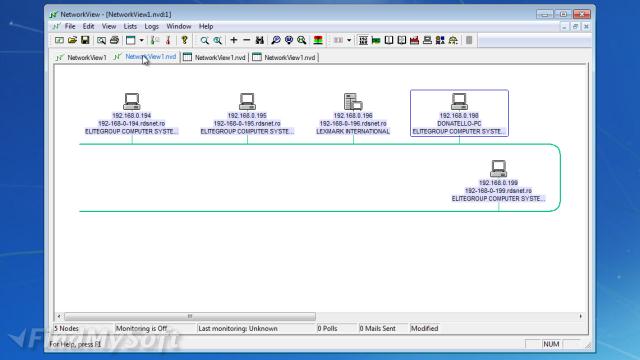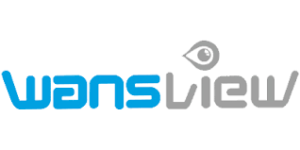

Get the world-space speed of the camera (Read Only). Whether or not the Camera will use occlusion culling during rendering.Įnable usePhysicalProperties to use physical camera properties to compute the field of view and the frustum. Should the jittered matrix be used for transparency rendering? UseJitteredProjectionMatrixForTransparentRendering Note that most VR devices provide this value, in which case setting the value will have no effect.ĭefines which eye of a VR display the Camera renders into.Īn axis that describes the direction along which the distances of objects are measured for the purpose of sorting. Use this to query or set the current eye separation. If called outside of a rendering callback and stereo is enabled, it will return the default eye which is .ĭistance to a point where virtual eyes converge. If called during a camera rendering callback such as OnRenderImage it will return the currently rendering eye. If called when stereo is not enabled it will return. Returns the eye that is currently rendering. The size of the camera sensor, expressed in millimeters. If not null, the camera will only render the contents of the specified Scene. How wide is the camera in pixels (accounting for dynamic resolution scaling) (Read Only). How tall is the camera in pixels (accounting for dynamic resolution scaling) (Read Only). The rendering path that should be used, if possible. Where on the screen is the camera rendered in normalized coordinates. Get the view projection matrix used on the last frame. How wide is the camera in pixels (not accounting for dynamic resolution scaling) (Read Only). Where on the screen is the camera rendered in pixel coordinates. How tall is the camera in pixels (not accounting for dynamic resolution scaling) (Read Only). See EditorSceneManager.SetSceneCullingMask. Sets the culling mask used to determine which objects from which Scenes to draw. Is the camera orthographic (true) or perspective (false)?Ĭamera's half-size when in orthographic mode. Get or set the raw projection matrix with no camera offset (no jittering). The distance of the near clipping plane from the the Camera, in world units.

For example, a lens shift of 0.5 offsets the sensor by half its horizontal size. The lens shift is relative to the sensor size.
#Unity networkview camera how to
How to perform per-layer culling for a Camera. The physical camera sensor gate is defined by the sensorSize property, the resolution gate is defined by the render target area. There are two gates for a camera, the sensor gate and the resolution gate. Should camera rendering be forced into a RenderTexture.

To use this property, enable UsePhysicalProperties. The camera focal length, expressed in millimeters. The vertical field of view of the Camera, in degrees. The distance of the far clipping plane from the Camera, in world units. Mask to select which layers can trigger events on the camera. How and if camera generates a depth texture. Sets a custom matrix for the camera to use for all culling queries.Ĭamera's depth in the camera rendering order. This is used to render parts of the Scene selectively.

Number of command buffers set up on this camera (Read Only). Should the camera clear the stencil buffer after the deferred light pass? Identifies what kind of camera this is, using the CameraType enum. Matrix that transforms from camera space to world space (Read Only). The color with which the screen will be cleared. The aspect ratio (width divided by height). The rendering path that is currently being used (Read Only).ĪreVRStereoViewMatricesWithinSingleCullToleranceĭetermines whether the stereo view matrices are suitable to allow for a single pass cull. Gets the temporary RenderTexture target for this Camera.


 0 kommentar(er)
0 kommentar(er)
